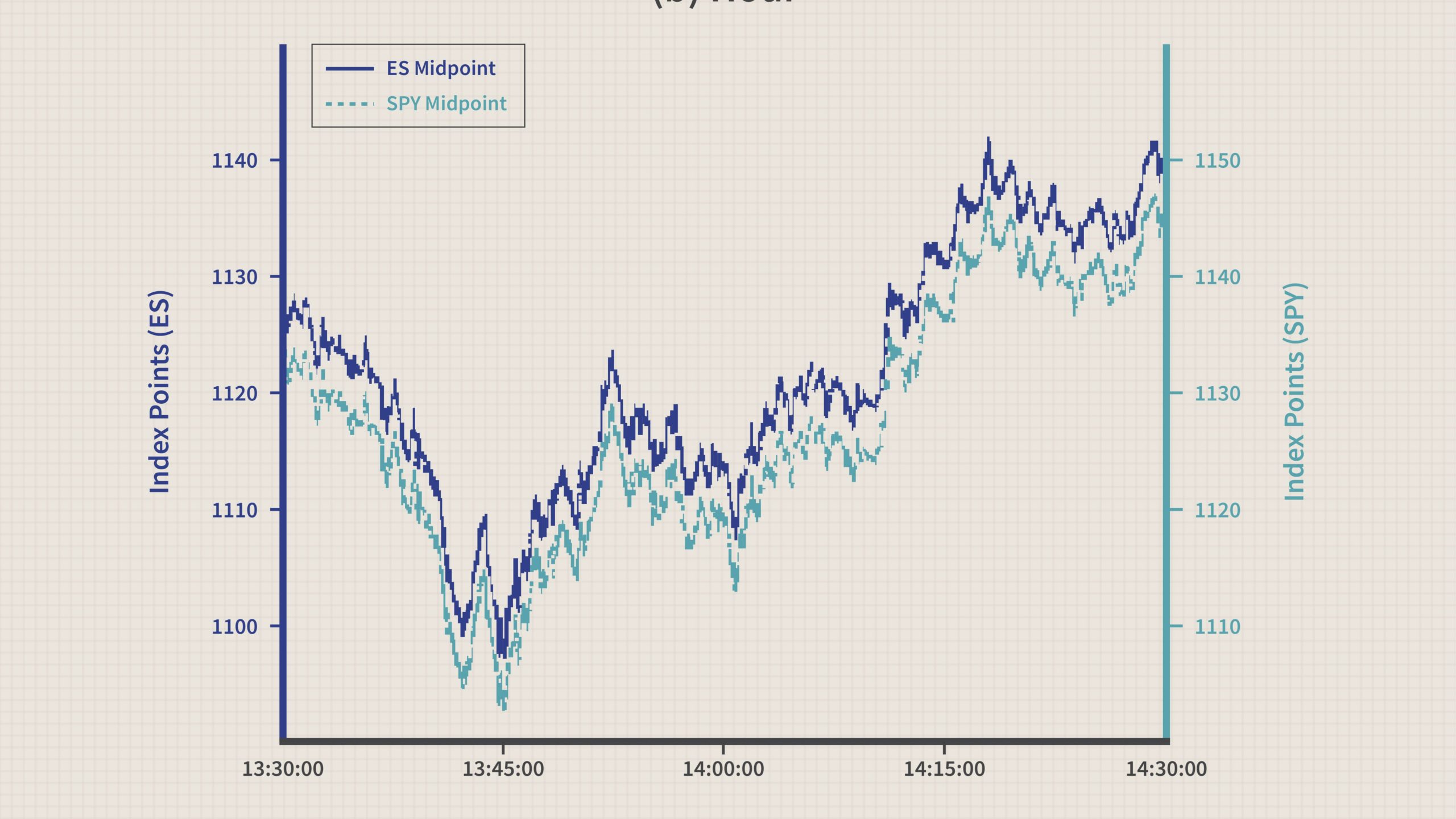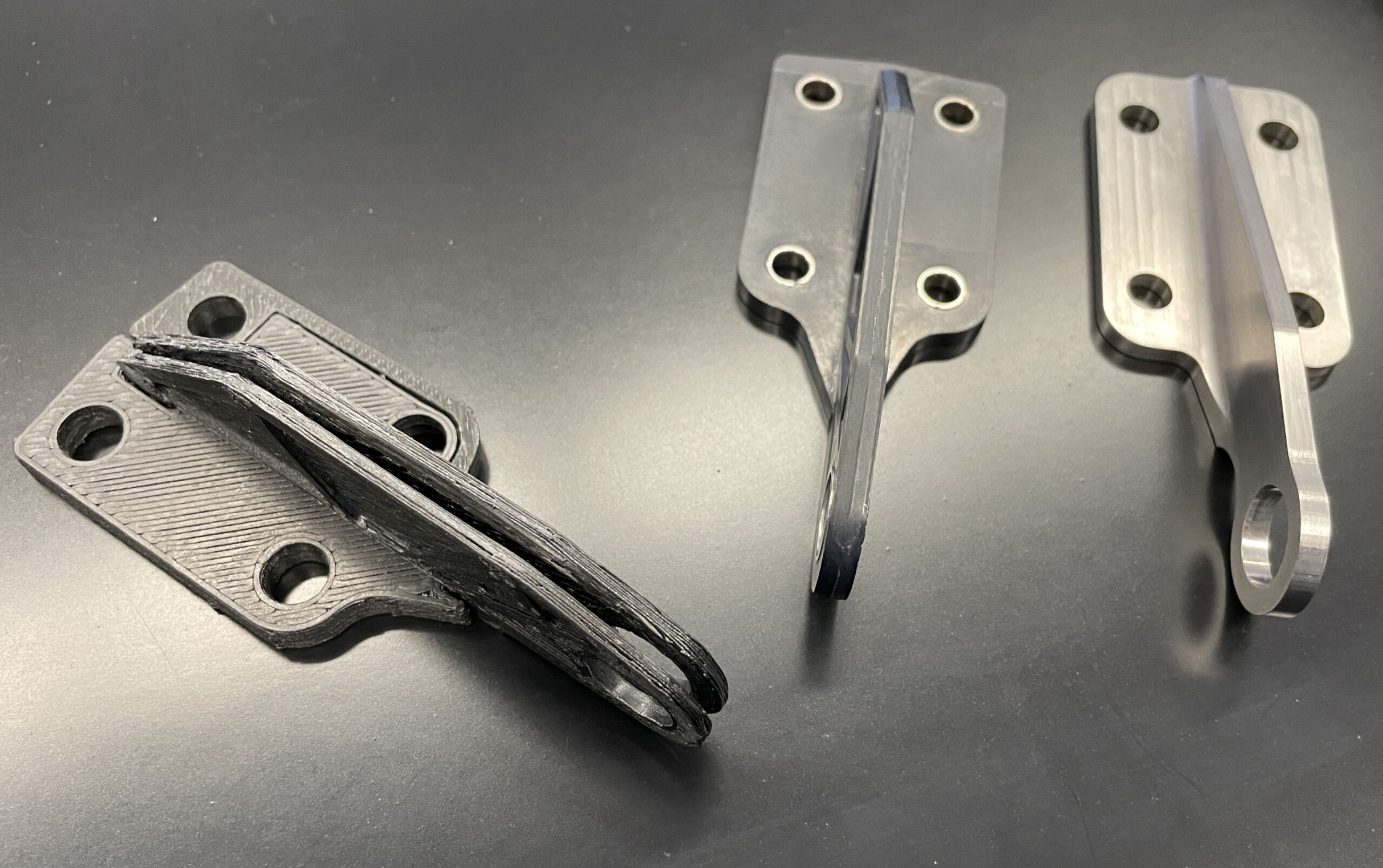Trading Math for forex. The key to trading is to master a few trading strategies rather than being a jack of all trades. In addition to providing structure, a set of rules, and a plan to follow, forex trading systems are essential. There are many types of forex trading strategies in the forex market and in this article, we will discuss some of the most popular ones and show you how to identify what makes the best forex trading system.
Probabilities play a key role in trading
Math isn’t everyone’s cup of tea, right? You probably hated it at school. The long complex equations probably never made any money for you…
Don’t worry, this isn’t a long math problem. It is still crucial to learn math on your journey to becoming a Forex trader. Getting started as a trader requires you to understand a few fundamental concepts. Trading Math
The Reward is Trading Math
Don’t worry about winning percentages. If you want to become a trader, you need to focus on your reward-risk ratios.
Wins are everyone’s goal. We all want them. If we had the choice, we would win every trade. However, we still try to win every trade, even though we know we cannot. A well-known fact may surprise you: Most traders with high success rates go bankrupt. Therefore, traders who try to win every single trade often end up losing their accounts. This is because they are risking much more than they are hoping to return on each trade. As an example, risking 100 pips in order to gain 2 pips. In the end, they will still lose money, since their winners aren’t making enough money. Trading or being a trader shouldn’t be done that way. Trading Math
You should focus more on increasing your average reward:risk ratio on each trade. This means that taking a trade when you are risking 100 pips to make 50 pips is foolish. Making 200 pips by risking 100 pips is much better. In this case, we have twice the potential return. success rate, we’re still making money. A 50/50 success rate is far more achievable than a 100% success rate in the market. A trader should follow this approach.
For discretionary trades, we want a reward-to-risk ratio of at least 1:1. Less is automatically discounted. It’s just too hard to make money when your success rate needs to be over 80% in order to break even. Look for trades where your potential reward is multiples of your risk, such as 2:1, 3:1, and 4:1 Reward:Risk. You can then consistently earn profits and have a success rate of 40-60%.
Size of the trade Trading Math
Being a trader means controlling risk, so learn to trade size.
As we want to make sure that each trade has an equal weight, trade sizing is extremely important. All of our trades should be equal based on our account value. We need to know how to calculate 1% risk per trade, for example. For your account, you can calculate your risk per trade using our trade size calculator, which allows you to do so in percentage terms.
Make sure that you trade size is 1% of your account for every single trade, so that your losing trades are all less than that. Make sure you do not just assume you can guess which trades will be winners or losers; treat each trade equally.
Losses and drawdowns Trading Math
When you lose and experience losses, you really become a trader.
It is inevitable that drawdowns will occur. The truth. Trading losses are inevitable. This is true. You need to know how to deal with it, even though it’s not nice. So there.
Decide what is a reasonable drawdown for you. You are not God’s gift, and you will only ever lose 3% of your money. Be realistic and sensible. I recommend starting with 10%. You will stop trading for a week if you lose 10% of your account, review your prior trades, and just take a little break to refresh yourself. Don’t feel obligated to trade every single trade the following week after you’ve been away from the markets for a week or two. You should only trade a few setups a week to ease yourself back into trading by risking 10% of your account. You will be more patient and wait for better opportunities if you limit yourself to two or three trades a week.










